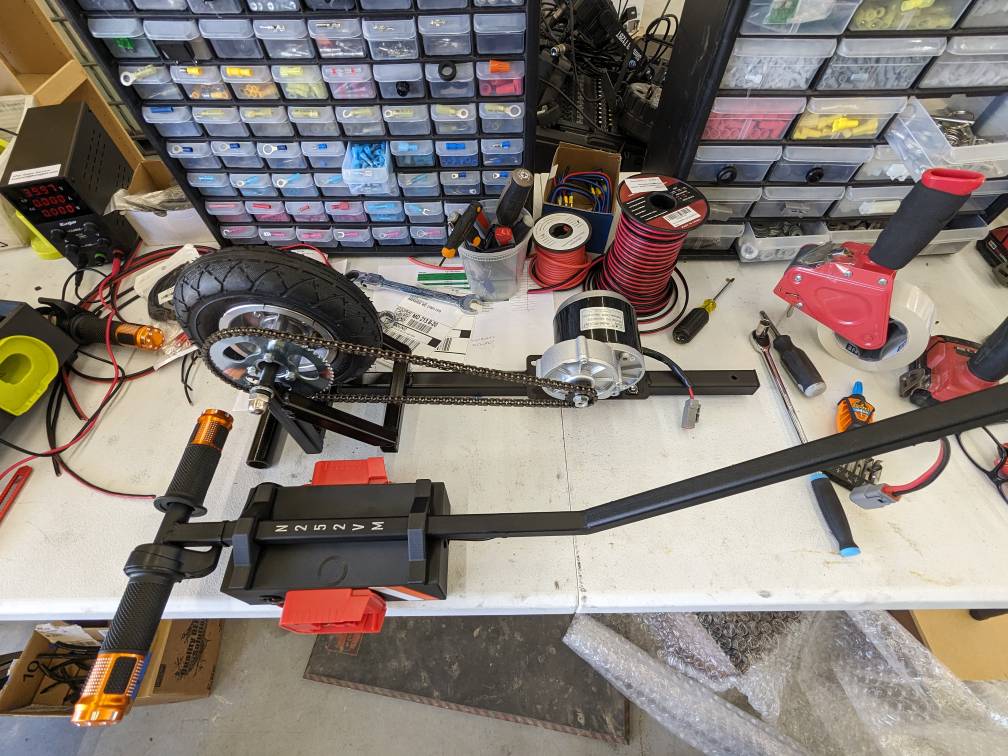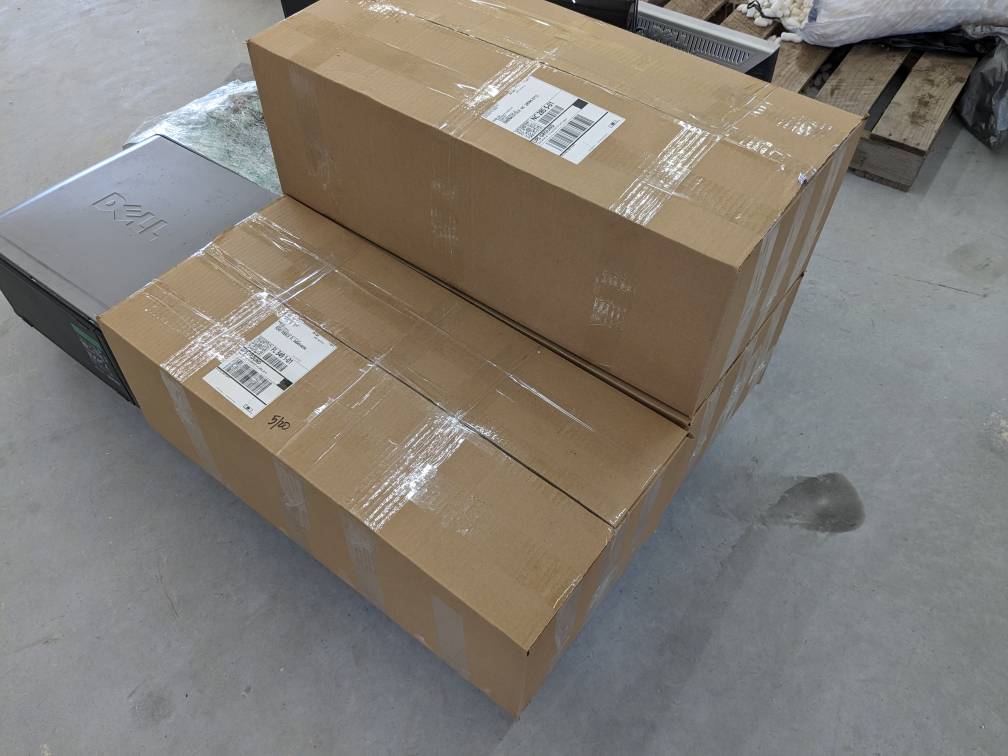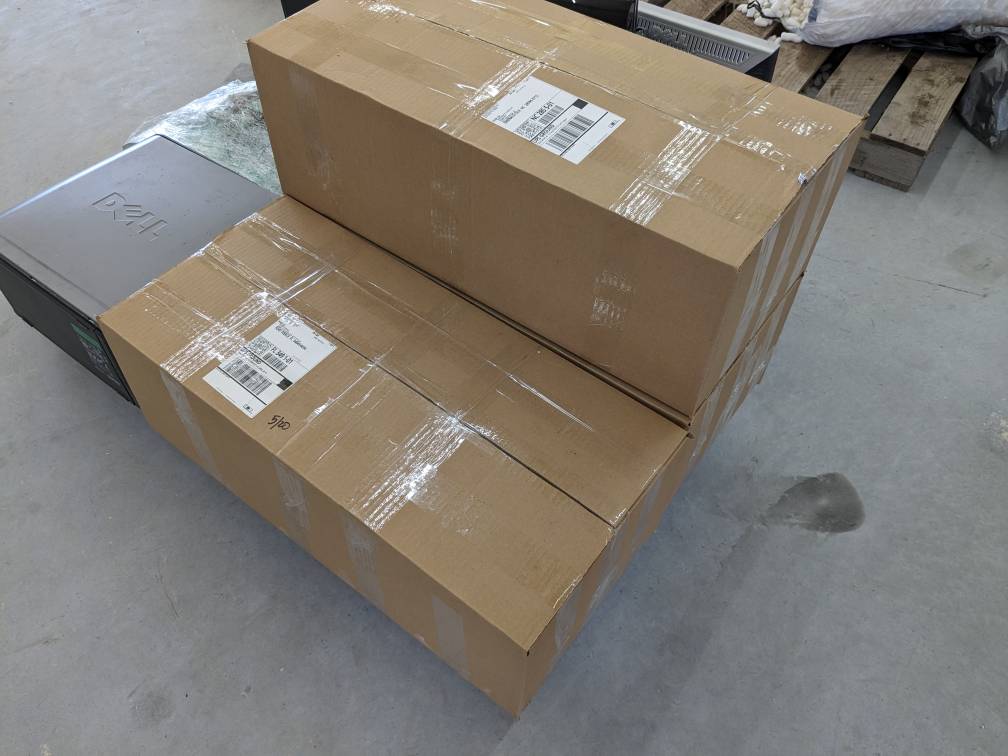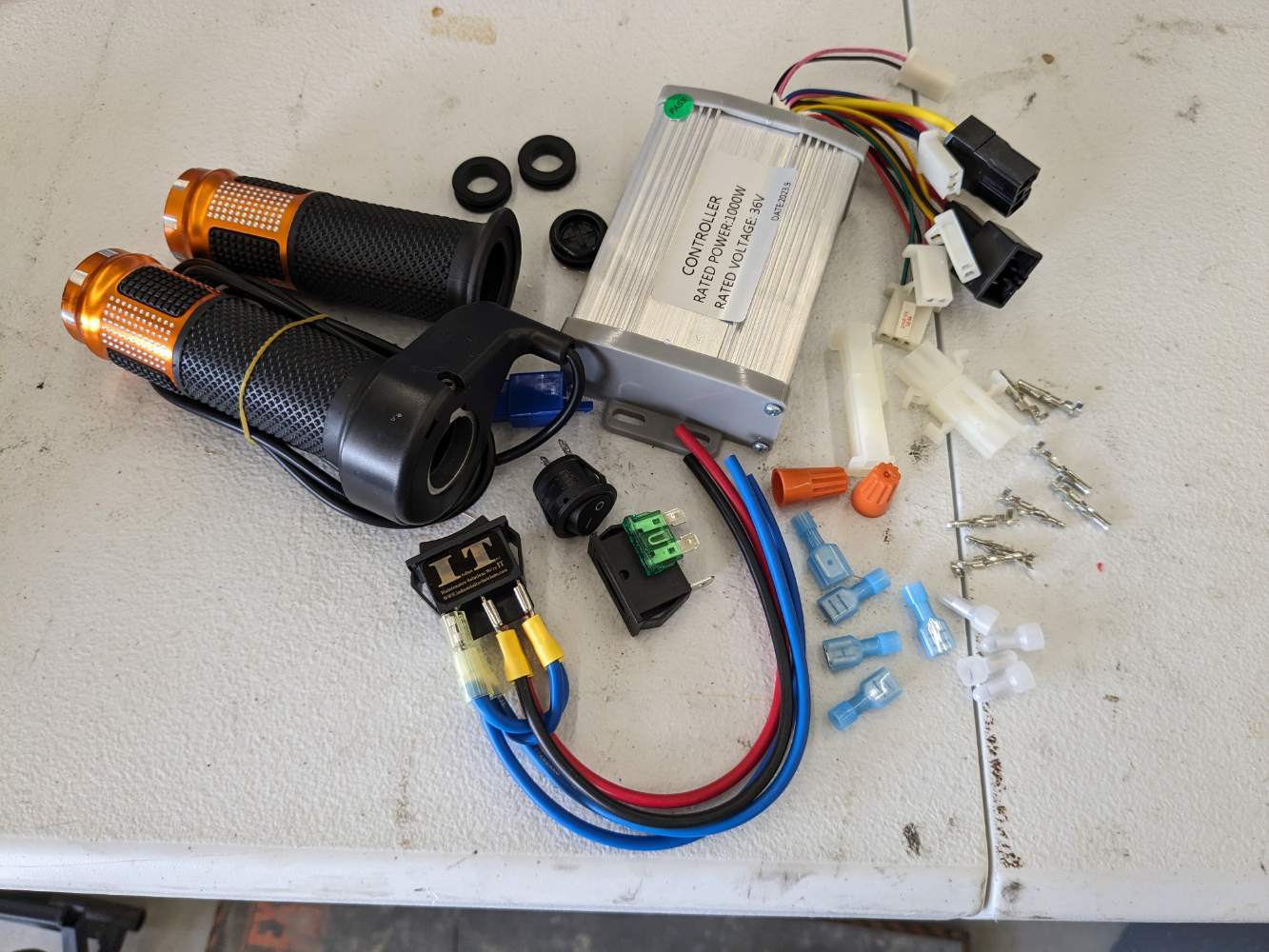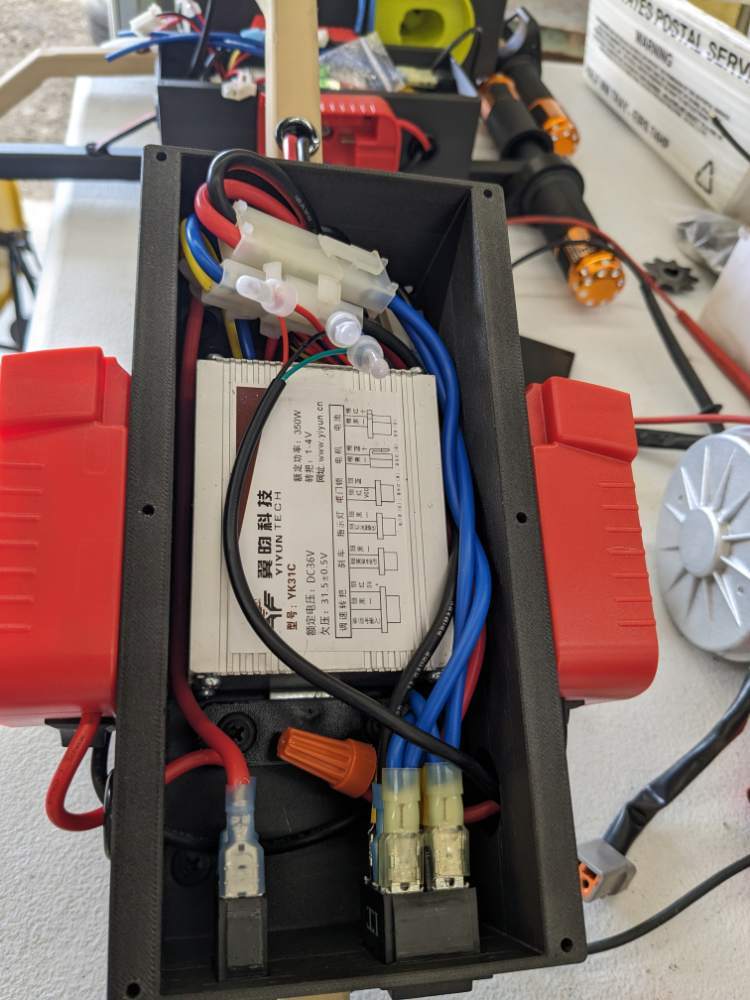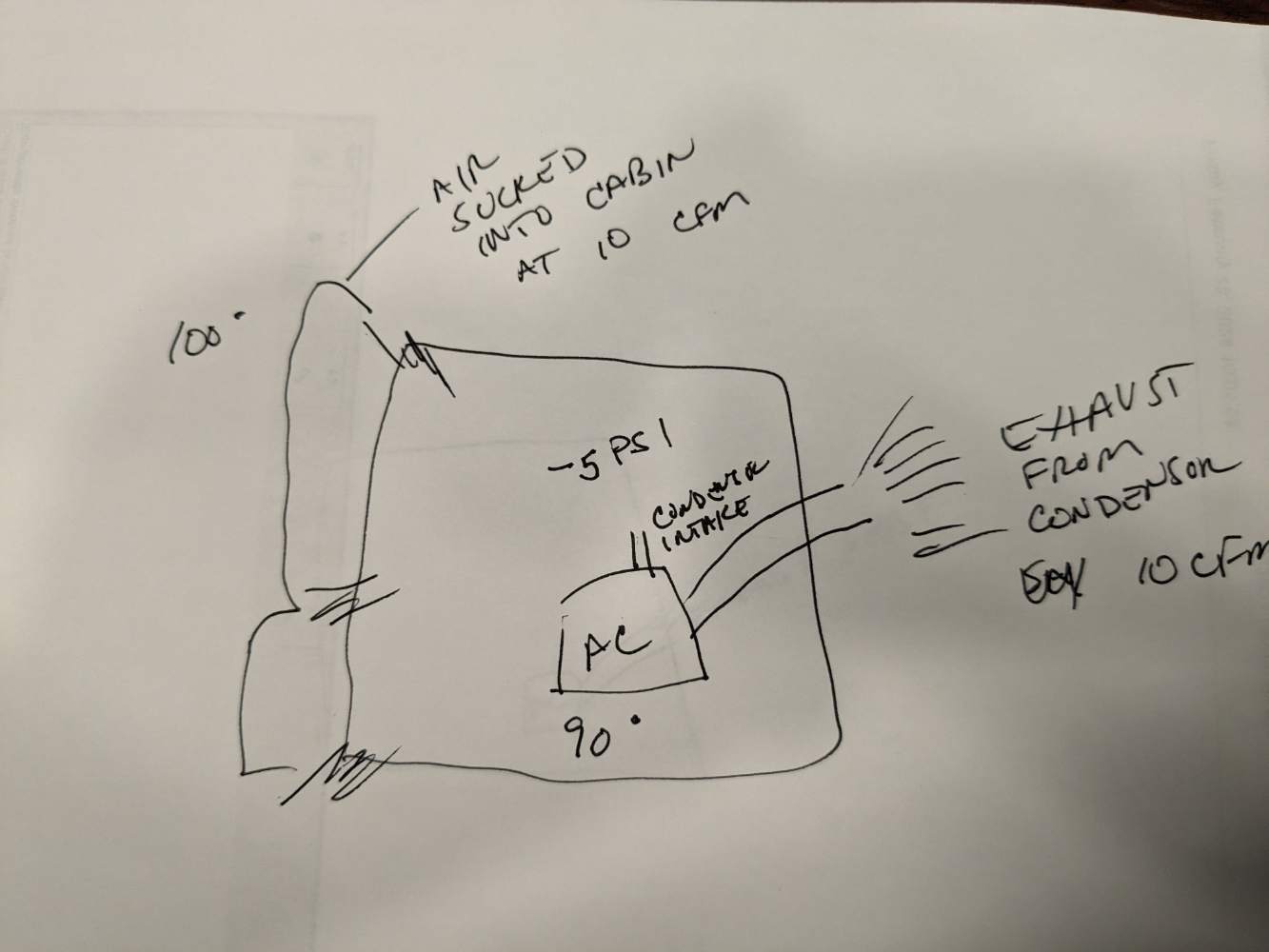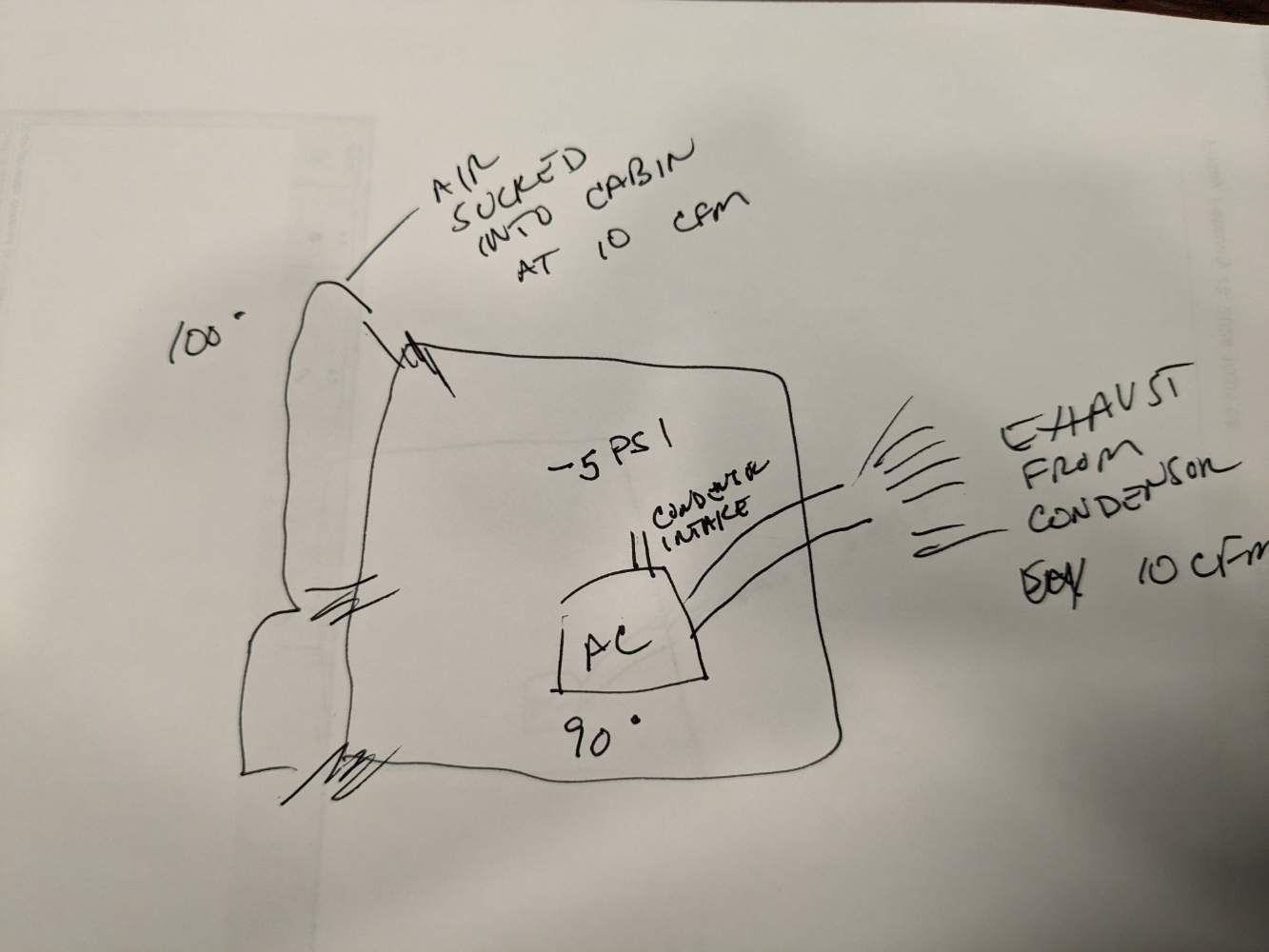
bcg
Supporter-
Posts
698 -
Joined
-
Last visited
-
Days Won
4
Everything posted by bcg
-
I pick up about 1MPH by moving my seat all the way back in cruise. It's more comfortable for me, also.
-
I've used it on wet pavement and it worked fine. There was a little slippage between the wheels initially but, both shed water pretty well once they get rolling and just a little extra down pressure on the tow bar increases the surface area enough for them to grab. I don't know that it would work in a pouring rain but, I don't think I'd want to try it anyway. The light drizzle we often have in the morning wasn't an issue.
-
Recommendations on a pre-Mooney first plane?
bcg replied to BlueSky247's topic in General Mooney Talk
I couldn't agree with this statement more, I felt pretty good when I took my check ride but, I had to get configured and slowed below 120 before I hit my IAF to have any hope of staying ahead of the airplane on an approach. After just a few flights by myself in actual, I'm now at the point that I can stay at cruise until about 5 miles out then slow to VLE, drop the gear, slow to VFE and put flaps in then intercept glide and have it all come together effortlessly. For me anyway, there's something very different about the learning that happens when I'm all alone and don't have the distractions of an instructor or DPE. I did some instrument work in IMC during my PPL training so wasn't completely new to it when I started the Instrument training. My DPE hooked me up with a 33,000 hour retired airline guy for my CFII and we spent 2.5 weeks together (with a break in the middle because of airplane maintenance) doing nothing but training. I think that total immersion in a short time is a great way to do it, the retention is better when you're using it every day. I was fortunate that the time of year had a lot of mornings with actual so I didn't have to do it all under the hood. I personally think that the rating should require at least 5 hours in actual, simulated is OK but, it really doesn't fully prepare you for being in the clouds. -
-
Recommendations on a pre-Mooney first plane?
bcg replied to BlueSky247's topic in General Mooney Talk
I would definitely agree with this. At least 1/2 the flights I've made since getting my instrument rating in Jan have been at least partially in IMC and would have been impossible without it. It's a game changer for sure. -
I don't think I'd be too worried about it, they probably had to give you a number for some internal reporting reason. My bet would be that you don't hear anything else about it and if you do, it'll end with a single phone call.
-
I finally got a decent video of the powered tow bar in action. First of these went out this week, hopefully the recipients will give us their impressions. It's definitely made dealing with my plane a lot easier. I don't want to be self-promotion guy so I probably won't make another post about it. Several people asked for a video of it in action though, so I wanted to share one. If you're interested in one, shoot me an email at bernie@graniers.com. I'll need you tail number, shipping address and what brand of tools you use to build you one. $500, plus shipping, I think there's been a big hole in the market for something like this that's reasonably priced. It fits easily in the baggage compartment and weighs in somewhere in the 18 - 19 pound range.
-
Recommendations on a pre-Mooney first plane?
bcg replied to BlueSky247's topic in General Mooney Talk
Buy the Mooney...I had a total of 20 hours and hadn't soloed yet when I got mine, it's not that much more to manage. Much cheaper to buy your 2nd plane first. Sent from my Pixel 6a using Tapatalk -
List of things to buy when I close on my first plane???
bcg replied to Max Clark's topic in General Mooney Talk
It's somewhere between 18 - 19 pounds. There are some more pics in this thread - https://mooneyspace.com/topic/...uy-a-1500-sidewinder/?do=embed Sent from my Pixel 6a using Tapatalk -
List of things to buy when I close on my first plane???
bcg replied to Max Clark's topic in General Mooney Talk
$500 plus shipping, which has been running $30 - $35. Send me an email if you want one. bernie@graniers.com Sent from my Pixel 6a using Tapatalk -
List of things to buy when I close on my first plane???
bcg replied to Max Clark's topic in General Mooney Talk
Shipping weight is 19 pounds, 11 ounces, which includes the box and packing materials. The tow bar alone is somewhere between 18 - 10 pounds, I haven't weighed it separately but know that the packing materials are at least a pound, it takes a lot of padding. -
List of things to buy when I close on my first plane???
bcg replied to Max Clark's topic in General Mooney Talk
Thanks, bud! Here's a picture of yours in functional testing yesterday. It's in one of those boxes now. Sent from my Pixel 6a using Tapatalk -
Orders are starting to ship, I should have everything ordered before 5/7 shipped this week. Hopefully some of the recipients will give us some feedback on how they like them. I'm heading to the airport to shoot some more video for a demo. In editing what I had, I wasn't really happy with the results so I'm going to get some other angles to improve it. Sent from my Pixel 6a using Tapatalk
-
Cleaning the Mooney and Removing Surface Rust - Tips?
bcg replied to LevelWing's topic in General Mooney Talk
Here's another option that's water based. I've used it on tools and it does OK without removing the chroming. https://www.amazon.com/gp/product/B00M0TLQ66 -
Cleaning the Mooney and Removing Surface Rust - Tips?
bcg replied to LevelWing's topic in General Mooney Talk
Naval Jelly does a good job removing rust and stays where you put it. -
I'm getting close to getting these finished up. I ran out of MIG wire yesterday and was unaware I didn't have another spool so that's held me up on the bottom half of these. I'll have more here Monday so, in the meantime I'm finishing up wiring the top half. I should start shipping towards the end of next week. I'm still working on the assembly video. The editing to make it coherent takes a little effort. I'll have it up sometime this month. **Edit to add a couple of pictures of what goes in the box Sent from my Pixel 6a using Tapatalk
-
Welcome to the club.
-
These are all really good points. You'd almost need a forward facing scoop to get the intake to work correctly, anything in a low pressure area would starve the condenser of the air it needs. I hadn't really thought about the practical considerations of installation, I was mostly just trying to explain this part of the original post "People say that the Ecowaves cooling BTU’s get cut down when you intake cooler air from both front and back. I don’t understand it but maybe somebody else will." Like all things with airplanes, there have to be compromises.
-
I want to sincerely apologize if it seemed as though I was in a heated argument with you or was in any way inferring that you don't know what you're talking about, it really wasn't what I intended. I don't really have a dog in this fight in that it's not my airplane and so whatever ultimately happens doesn't affect me one way or the other. It's difficult sometimes to come across the way you intend to in written format with someone you've never met without the nuances of body language, tone and inflection and I have a habit of being more direct than I need to sometimes (even in person), which makes me seem like I'm being an asshole when I'm really not meaning to. That question wasn't meant to be an "Aha! I got you!" Rereading it, I can completely see how it could come across like that, I should probably have left "where the vents alone would be fine" out of it. I was asking sincerely if it was something that happened only at altitude or also on the ground for the information, not to be argumentative. If you were in fact turning it down on the ground, that would be definitive evidence that I'm wrong, so I wanted to clarify. I have been wrong before and try to be honest enough to admit it when I am. My intention wasn't to say it wouldn't work, my intention was to say it won't work as efficiently as it could, that doesn't necessarily mean it won't work well enough for the use case. It's just not possible that feeding a evaporator humid, 100 degree air from outside is going to work as well as feeding it dryer 80 degree cabin air will. That the AC is going into a Mooney (or any airplane) doesn't change how refrigeration works, knowledge from not airplanes still applies to airplanes. For the short amount of time it's typically run on the ground in an airplane, it's probably not as big a deal as it would be in a building. The problems with venting conditioned air outside really start to show up after 30 - 45 minutes of running. It would start to get a little uncomfortable if you got stuck for an extended time waiting on a clearance but, in that case it's probably overcast so not as big a deal. In practice, the single hose likely works fine most of the time, I believe it would work better with 2 though. We don't disagree on part of this, the single hose does create negative pressure and pull outside air into the cabin. The disagreement is on how much effect that has on the cooling ability of the unit. Personally, if I'm going to spend the money and the time/effort to install an AC in a plane, I want to do it the most efficient way possible and I'm pretty certain that if you called Arctic Air or any of the other manufacturers, they would admit that in an ideal world, it would be better not to vent conditioned air outside and have hot makeup air coming into the cabin. They may also say that it makes no practical difference in this use case, and that may be entirely true. That doesn't mean it's not more efficient to keep the conditioned air in the cabin. All that said, if it's working well enough for you, then it's working well enough. All that really matters at the end of the day is that the person using the thing (whatever it might be) is happy with it.
-
Gets too cold at altitude where the vents alone would be fine? Or on the ground, where you actually need AC? Sent from my Pixel 6a using Tapatalk
-
Page one of the Arctic Air instructions say to open the cabin vents so that the exhaust air can be replaced, this is exactly the thing you don't want to do. Do you open the window at home when you're running your AC? You can't really believe that the AC works just as well when it's pulling in outside air as it would recirculating the cooled inside air alone without pulling makeup from outside. Which cools better in the car, recirculate or venting in outside air? It's not my airplane, he and you can do it however you want to. The evaporator will only get a 20 degree drop across the coil at best though, I'd rather be recirculating the already cooled air in the cabin across it than constantly shooting my cooled air out the exhaust and replacing it with hot outside air. Adding hot air to the cabin will never work as well. If you disagree, OK we disagree.
-
I am a terrible artist but, here is a visual representation of why you don't want to do this with one hose. The numbers are obviously made up but, hopefully you get the picture. You can prove this to yourself without doing a bunch of work on the plane by setting the little AC up in a storage shed or something. It'll cool OK to begin with but after a bit, the temp will stabilize and then start rising and the humidity will increase in the room, it'll start to get more uncomfortable than it was without the AC. The condenser has more air moving over it than the evaporator and all the air that you're pulling from the cabin to run over the condenser and then get exhausted outside has to be replaced, that replacement air will be hot, humid outside air because that's the only place it can come from. Save yourself a lot of work and install this with 2 hoses from the beginning. 5100 BTU isn't all that much cooling, most cars are 12,000 and SUVs can be 18,000 - 24,000, it can't afford the efficiency lost by venting conditioned air outside and creating a constant flow of outside air into the conditioned space. Window units have the exhaust and intake for the condenser essentially right next to each other and a 6k window unit will outperform a 12k single hose portable all day long just because it's not constantly cooling outside air. I learned this the hard way with a small building at our deer camp, we had an 18k single hose portable that we tried to cool a 300 sq/ft building with. It worked great for about an hour and then it got muggy and the temp actually started going up. We replaced that with a 6k window unit and it would get uncomfortable cold in the building. You'll be time and effort ahead if you just learn the lesson from my experience instead of figuring it out for yourself. I think it was Ladybird Johnson that said "Learn from the mistakes of others because you'll never live long enough to make them all yourself."
-
I am a terrible artist but, here is a visual representation of why you don't want to do this with one hose. The numbers are obviously made up but, hopefully you get the picture. You can prove this to yourself without doing a bunch of work on the plane by setting the little AC up in a storage shed or something. It'll cool OK to begin with but after a bit, the temp will stabilize and then start rising and the humidity will increase in the room, it'll start to get more uncomfortable than it was without the AC. The condenser has more air moving over it than the evaporator and all the air that you're pulling from the cabin to run over it and then get exhausted has to be replaced, that replacement air will be hot, humid outside air because that's the only place it can come from. Save yourself a lot of work and install this with 2 hoses from the beginning. 5100 BTU isn't all that much cooling, most cars are 12,000 and SUVs can be 18,000 - 24,000, it can't afford the efficiency lost by venting conditioned air outside and creating a constant flow of outside air into the conditioned space. If you want to test this for yourself, set it up in a small storage shed or something similar
-
I didn't read all the longer posts, here's the short answer. If you use cabin air for the intake, it creates negative pressure in the cabin which then pulls hot air in from outside. That'll never get cool. The evaporator side circulates conditioned air. The condenser side is always more efficient if it uses outside air. Sent from my Pixel 6a using Tapatalk





